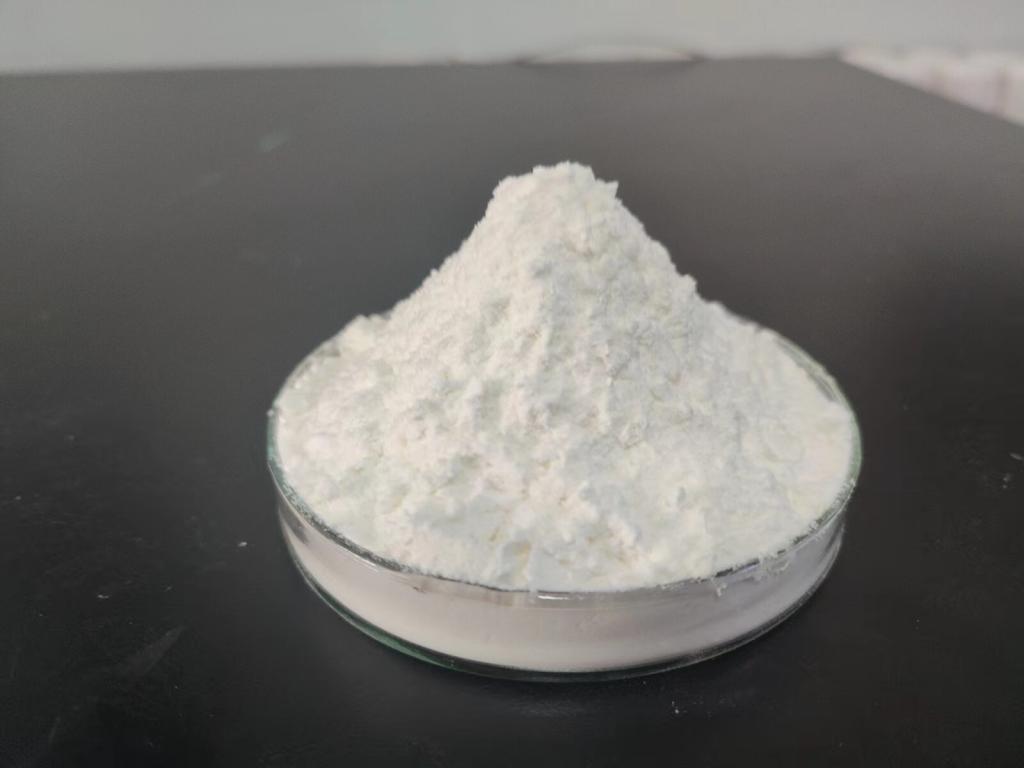Tel:+8618231198596

News
 CONTACT
CONTACT
 CONTACT
CONTACT
- Linkman:Linda Yao
- Tel: +8618231198596
- Email:linda.yao@dcpharma.cn
- Linkman:CHARLES.WANG
- Department:Overseas
- Tel: 0086 0311-85537378 0086 0311-85539701
News
Can ε-Polylysine hydrochloride be used as a natural preservative in pet food products?
TIME:2023-06-02
Introduction:
Pet food products play a crucial role in the health and nutrition of companion animals. However, ensuring their safety and stability is essential to prevent microbial contamination and maintain product quality. This section outlines the importance of natural preservatives in pet food products and highlights the need for alternative options to synthetic preservatives.
ε-Polylysine Hydrochloride as a Natural Antimicrobial:
ε-Polylysine hydrochloride is a natural antimicrobial agent derived from microbial fermentation. This section provides an overview of the structure, mode of action, and safety profile of ε-Polylysine hydrochloride, emphasizing its suitability as a natural preservative in pet food products.
Antimicrobial Efficacy of ε-Polylysine Hydrochloride in Pet Food:
The antimicrobial efficacy of ε-Polylysine hydrochloride in pet food is crucial to ensure microbial safety and extend shelf life. This section examines the effectiveness of ε-Polylysine hydrochloride against common foodborne pathogens and spoilage microorganisms that can be present in pet food products. It explores the dosage requirements, application methods, and potential interactions with other ingredients.
Safety Considerations:
The safety of ε-Polylysine hydrochloride in pet food products is of utmost importance. This section discusses the potential allergenicity, toxicity, and impact on animal health associated with ε-Polylysine hydrochloride consumption. It reviews relevant safety studies and regulatory approvals to assess the suitability of ε-Polylysine hydrochloride as a preservative in pet food.
Regulatory Landscape:
Compliance with regulatory standards is crucial for the successful utilization of ε-Polylysine hydrochloride as a preservative in pet food products. This section provides an overview of the regulatory considerations and approvals for ε-Polylysine hydrochloride in different countries and regions. It highlights the regulations specific to pet food products and the maximum allowable limits for ε-Polylysine hydrochloride usage.
Challenges in Implementing ε-Polylysine Hydrochloride as a Preservative:
The implementation of ε-Polylysine hydrochloride as a natural preservative in pet food products may face certain challenges. This section discusses potential hurdles related to stability, formulation compatibility, sensory effects, and cost considerations. It also explores strategies to overcome these challenges and optimize the use of ε-Polylysine hydrochloride in these specialized products.
Impact on Pet Palatability and Acceptance:
Pet palatability and acceptance are critical factors influencing the adoption of ε-Polylysine hydrochloride as a preservative in pet food products. This section examines the impact of ε-Polylysine hydrochloride on pet palatability, including taste, aroma, and texture. It explores potential approaches to enhance pet acceptance and improve the overall sensory experience of pet food products.
Future Perspectives:
The potential applications of ε-Polylysine hydrochloride in pet food products offer promising prospects for improving food safety and quality. This section highlights future directions for research and development, including studies on the optimization of ε-Polylysine hydrochloride concentrations, evaluation of long-term effects, and exploration of potential synergistic combinations with other natural preservatives or technologies.
Conclusion:
ε-Polylysine hydrochloride shows significant potential as a natural preservative in pet food products, providing effective control against foodborne pathogens and spoilage microorganisms. Its natural origin, safety profile, and regulatory approvals make it an attractive alternative to synthetic preservatives. However, further research, regulatory considerations, and sensory optimization studies are necessary to facilitate its successful implementation in pet food products and ensure the well-being of companion animals.
- Tel:+8618231198596
- Whatsapp:18231198596
- Chat With Skype







